Kale And Peppers: The Best Of Both Worlds In Companion Planting
Title: Kale and Peppers: The Best of Both Worlds in Companion Planting
Introduction:
Kale and peppers are two popular vegetables that are often grown together in gardens. But did you know that they are also great companion plants? Companion planting is the practice of planting different types of plants together in a way that benefits both plants. When done correctly, companion planting can help to improve the health, growth, and productivity of your plants.
In this blog post, we will explore the benefits of companion planting kale and peppers. We will also discuss some of the specific ways that these two plants can help each other. By the end of this post, you will have a better understanding of how to use companion planting to grow healthy and productive kale and peppers in your garden.
Benefits of Companion Planting Kale and Peppers:
There are many benefits to companion planting kale and peppers. Some of the most notable benefits include:
- Improved pest control: Both kale and peppers can attract beneficial insects, which can help to control pests in your garden. For example, kale attracts ladybugs, which are a natural predator of aphids. Peppers attract parasitic wasps, which help to control caterpillars.
- Enhanced pollination: Both kale and peppers are insect-pollinated plants. When they are planted together, they can help to attract more pollinators to your garden, which can lead to better pollination and fruit production.
- Reduced competition for nutrients: Kale and peppers have different nutrient requirements. Kale is a heavy feeder, while peppers are a light feeder. This means that they will not compete for nutrients in the soil, which can help to improve the overall health of both plants.
- Increased yields: Companion planting can help to increase the yields of both kale and peppers. This is because the beneficial insects and pollinators that are attracted to these plants can help to control pests and improve pollination, which can lead to more fruit production.
Specific Ways That Kale and Peppers Can Help Each Other:
In addition to the general benefits of companion planting, kale and peppers can also help each other in specific ways. For example:
- Kale can help to deter pests from peppers: The strong odor of kale can help to deter pests such as cabbage moths and aphids from peppers.
- Peppers can help to improve the flavor of kale: The heat from peppers can help to enhance the flavor of kale.
- Kale can help to shade peppers from the sun: Kale is a taller plant than peppers, so it can help to shade peppers from the hot midday sun. This can help to prevent peppers from getting sunburned.
How to Plant Kale and Peppers Together:
When planting kale and peppers together, there are a few things to keep in mind:
- Choose the right varieties: When choosing varieties of kale and peppers to plant together, it is important to choose varieties that have similar growing requirements. For example, both kale and peppers need full sun and well-drained soil.
- Plant them in the right location: Kale and peppers should be planted in a location that gets full sun. They should also be planted in well-drained soil.
- Space them properly: Kale and peppers need plenty of space to grow. They should be spaced at least 18 inches apart.
- Water them regularly: Kale and peppers need to be watered regularly, especially during hot, dry weather.
Conclusion:
Kale and peppers are two great vegetables that can be grown together in a garden. When planted together, these two plants can help each other to thrive. By following the tips in this blog post, you can plant kale and peppers together and enjoy the benefits of companion planting.
Kale and peppers are two great vegetables to grow together in the garden. They have different nutrient requirements, so they won't compete for nutrients. Peppers also help to deter pests from kale, and kale can help to suppress weeds.
If you're interested in learning more about kale and peppers companion planting, I recommend visiting Home Gardening. This website has a wealth of information on companion planting, including a specific section on kale and peppers.
FAQ of kale and peppers companion planting
- Can I plant kale next to peppers?
Yes, you can plant kale next to peppers. Peppers won't compete for nitrogen with kale, so they can make a good companion. In fact, both plants can benefit from each other's presence. Peppers can help to deter pests from kale, and kale can help to suppress weeds.
- What are some other good companion plants for kale?
Here are some other good companion plants for kale:
* Herbs: Basil, chives, dill, garlic, mint, oregano, parsley, rosemary, sage, and thyme.
* Vegetables: Beans, carrots, cucumbers, eggplant, lettuce, onions, potatoes, radishes, spinach, and tomatoes.
* Flowers: Calendula, marigolds, nasturtiums, and sunflowers.
- What should I not plant next to kale?
Here are some plants that you should not plant next to kale:
* Other brassicas: This includes cauliflower, broccoli, Brussels sprouts, and kohlrabi.
* Cabbage worms: These pests can easily jump from one brassica plant to the next, so it's best to avoid planting them together.
* Nightshades: This includes potatoes, tomatoes, and eggplant. These plants can compete with kale for nutrients and water.
- How far apart should I plant kale and peppers?
The spacing requirements for kale and peppers will vary depending on the variety of each plant. However, as a general rule of thumb, you should plant kale and peppers about 18 inches apart.
- What are the benefits of companion planting kale and peppers?
There are several benefits to companion planting kale and peppers. These plants can help each other to thrive by:
* Attracting beneficial insects: Both kale and peppers attract beneficial insects, such as ladybugs and hoverflies. These insects help to control pests that can damage both plants.
* Suppressing weeds: The foliage of kale and peppers can help to suppress weeds. This can save you time and effort in weeding your garden.
* Improving soil health: The roots of kale and peppers can help to improve soil health by breaking down organic matter and adding nutrients to the soil.
Image of kale and peppers companion planting
Kale and peppers planted in the same bed. The kale helps to deter pests from the peppers, and the peppers help to provide shade for the kale.
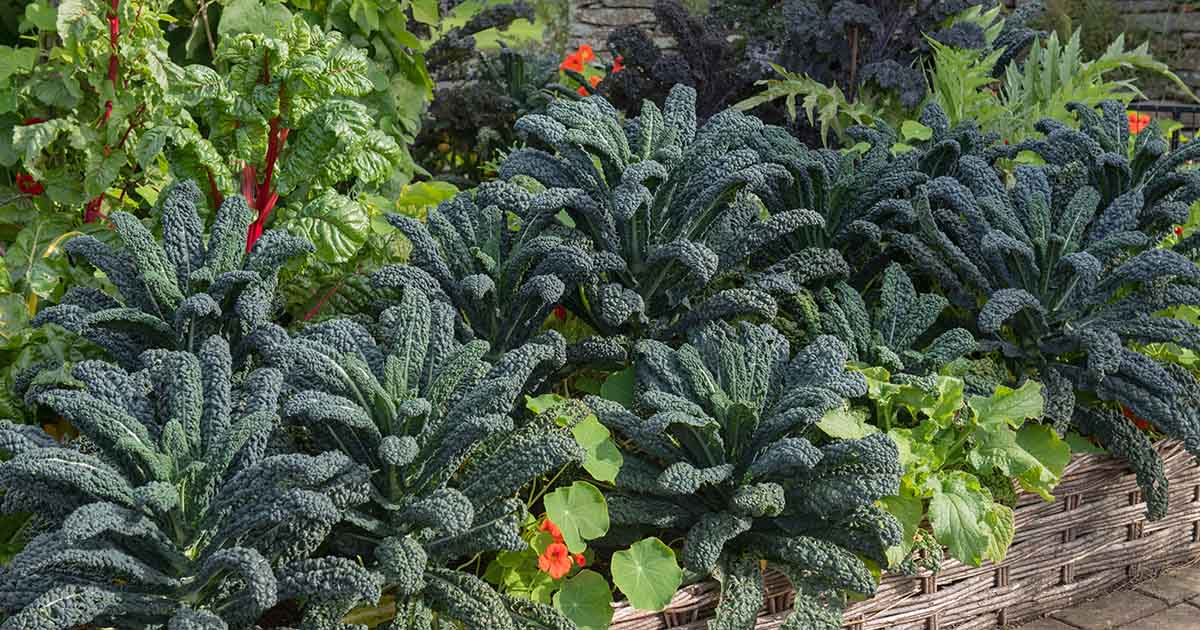
Kale and peppers planted in alternating rows. This helps to maximize the space in the garden and also provides some separation between the two plants.
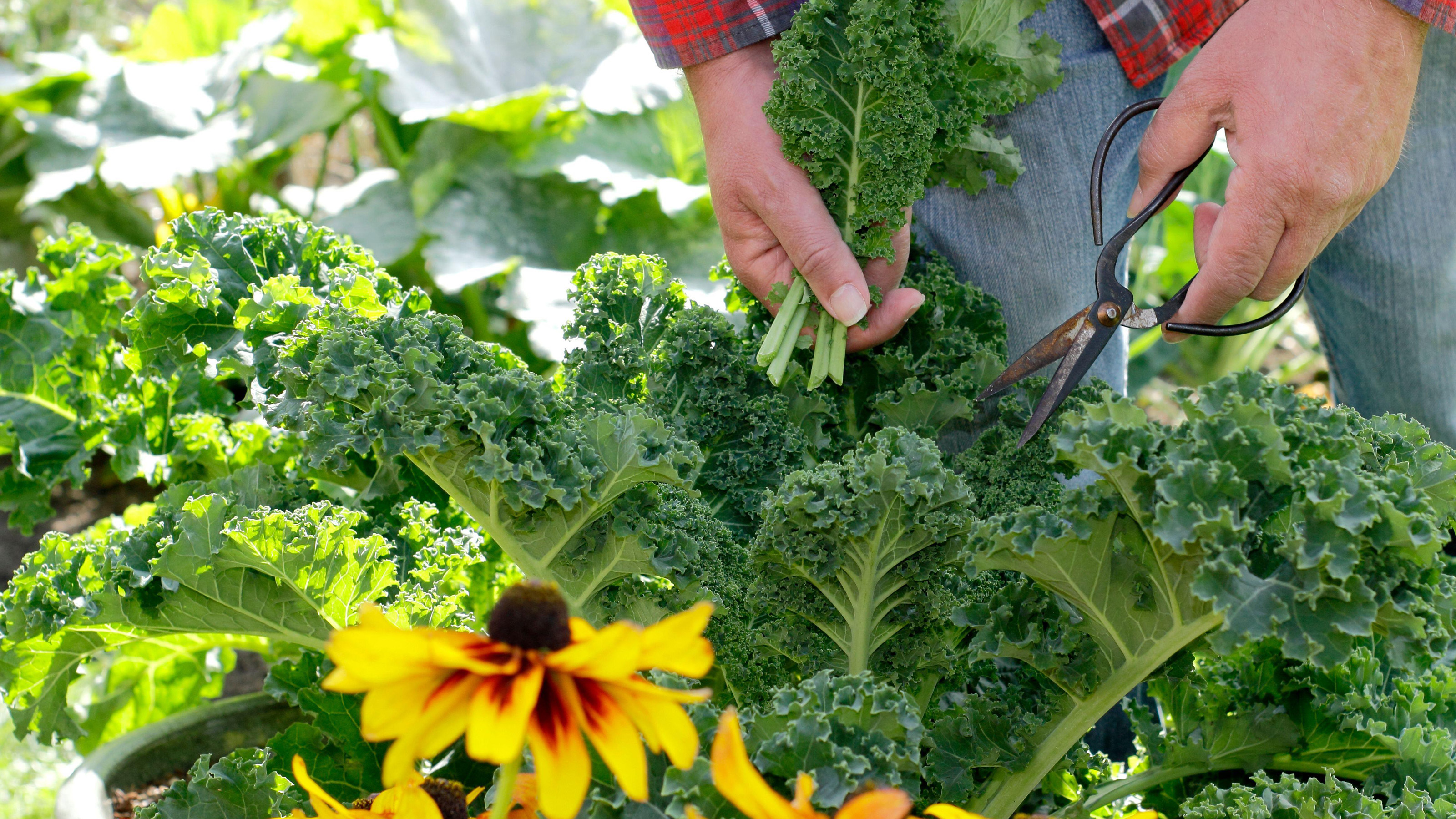
Kale and peppers grown in containers. This is a great option for gardeners with limited space. The containers can be placed together on a patio or balcony.

Kale and peppers grown under a cloche. This will help to protect the plants from pests and diseases.

Kale and peppers grown in a raised bed. This will help to improve drainage and aeration for the plants.

Kale and peppers grown with other companion plants. Some good companion plants for kale and peppers include onions, carrots, tomatoes, and beans.

Kale and peppers used in a flower arrangement. The colorful peppers and the leafy kale make a beautiful addition to any flower arrangement.
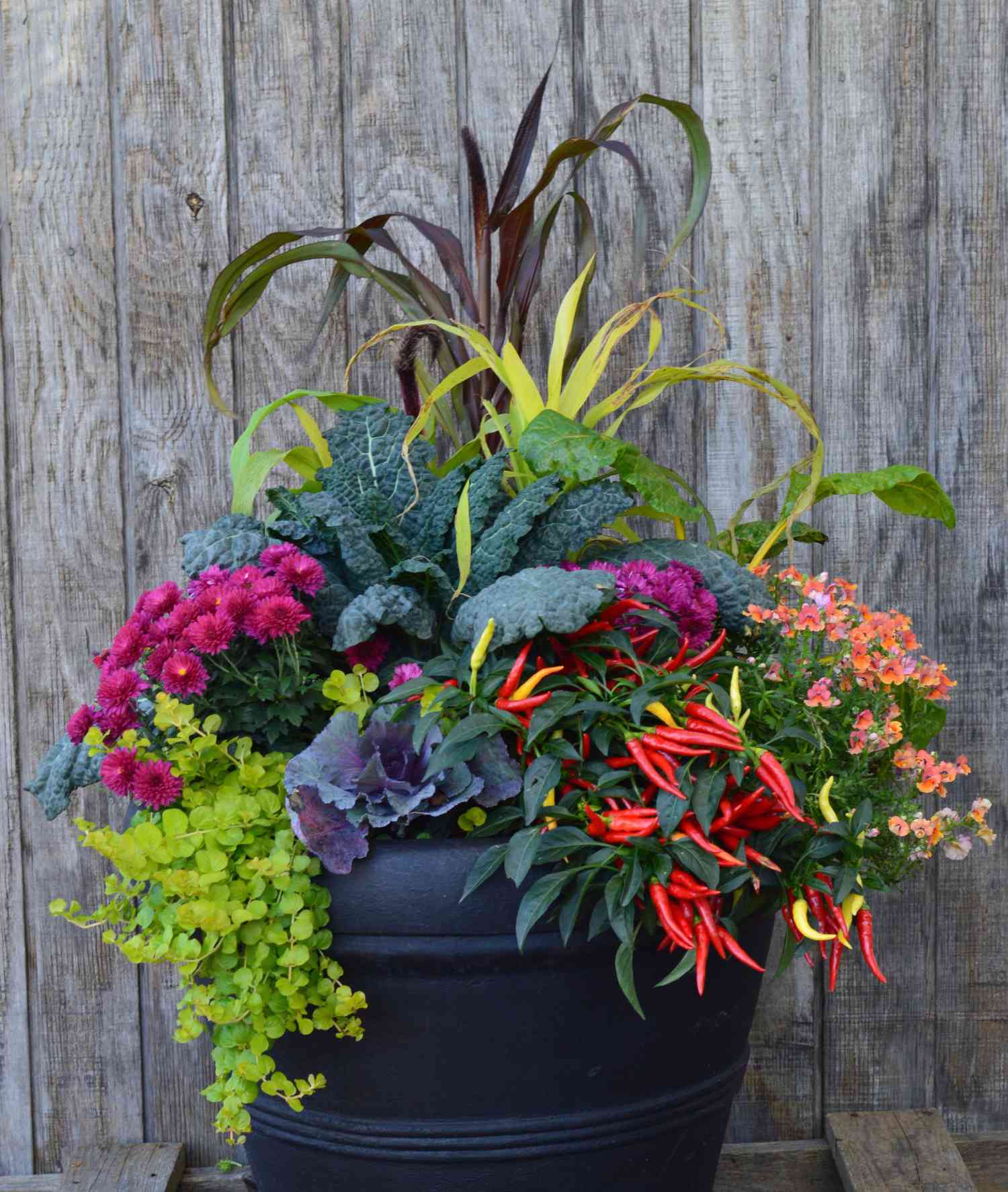
Kale and peppers used in a stir-fry. This is a delicious and healthy way to enjoy both of these vegetables.
Kale and peppers used in a salad. This is a refreshing and nutritious way to enjoy both of these vegetables.
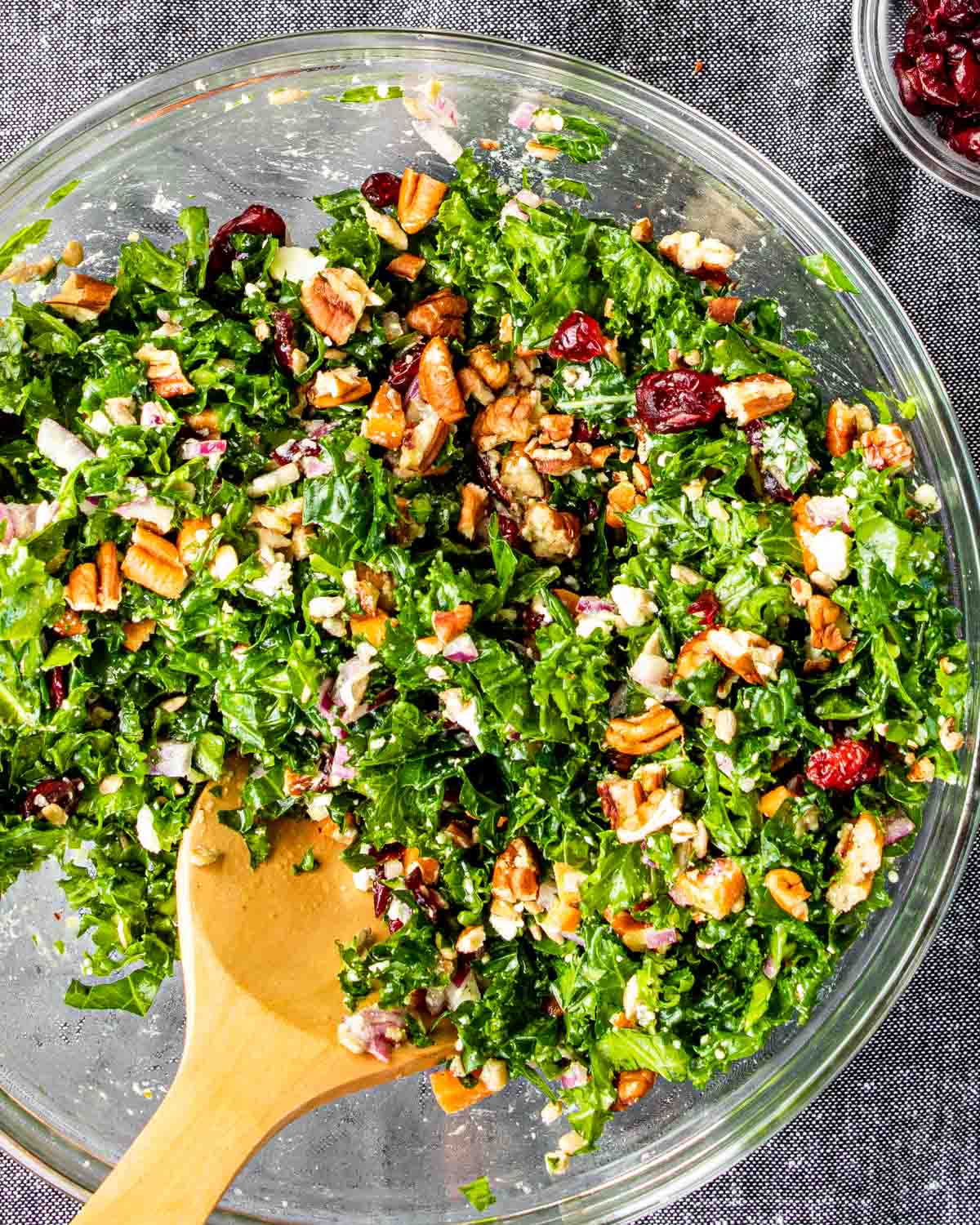
Kale and peppers used in a soup. This is a hearty and comforting way to enjoy both of these vegetables.
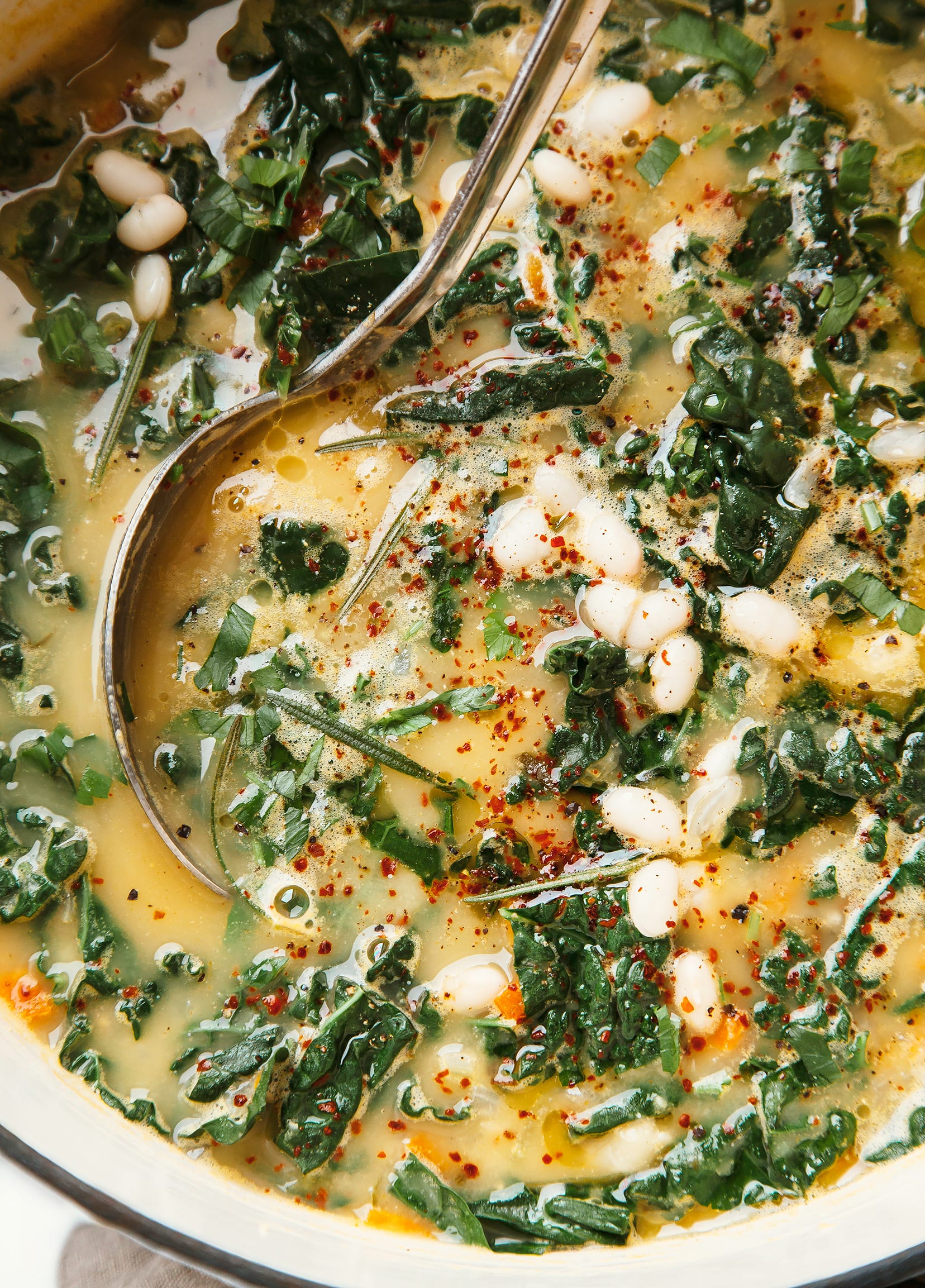
Post a Comment for "Kale And Peppers: The Best Of Both Worlds In Companion Planting"